#Marion Dorn
Photo

Marion Dorn, 1896-1964
Runner made of wool
Executed circa 1935-1938
Sotheby’s
22 notes
·
View notes
Photo


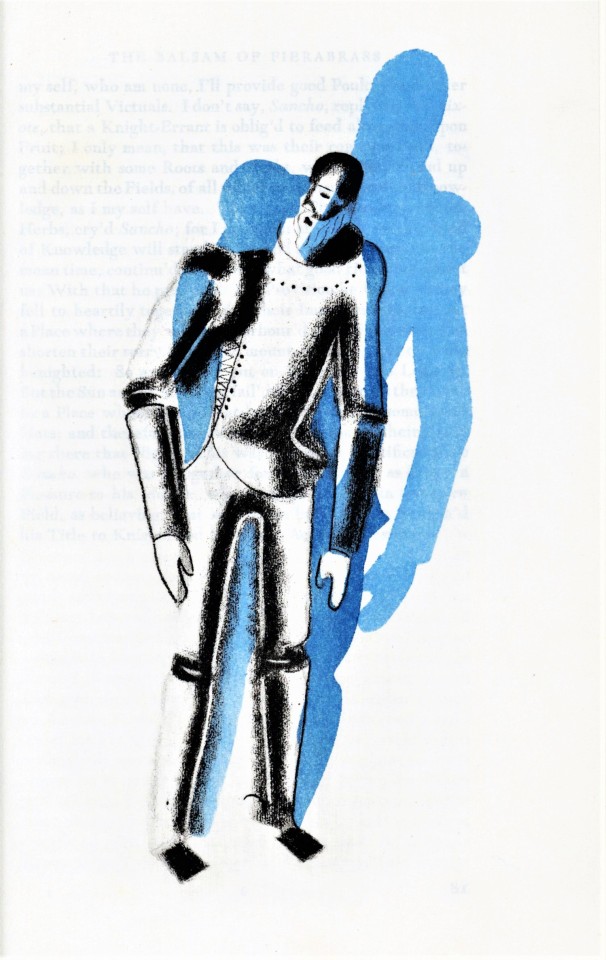
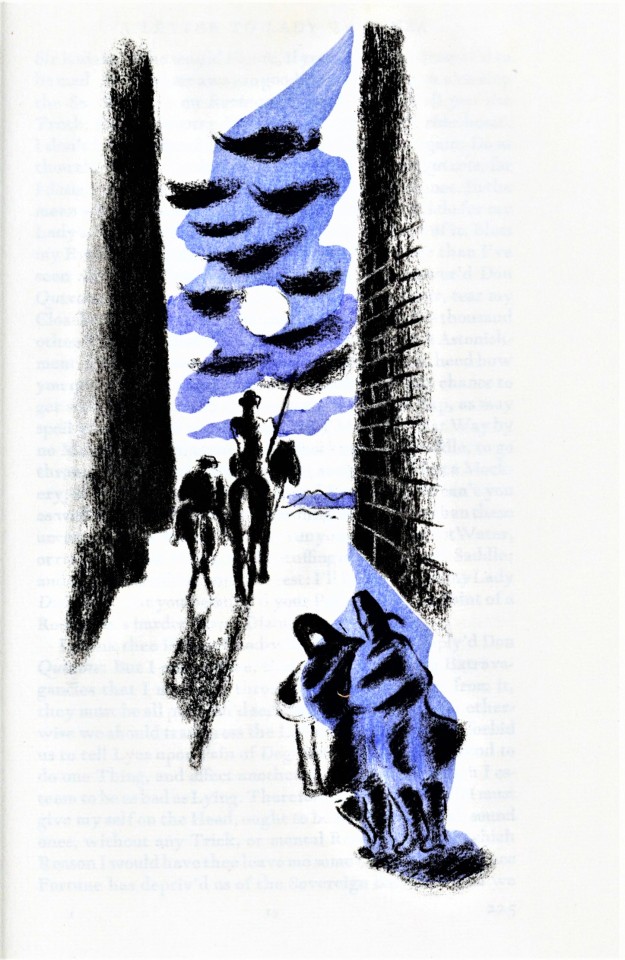

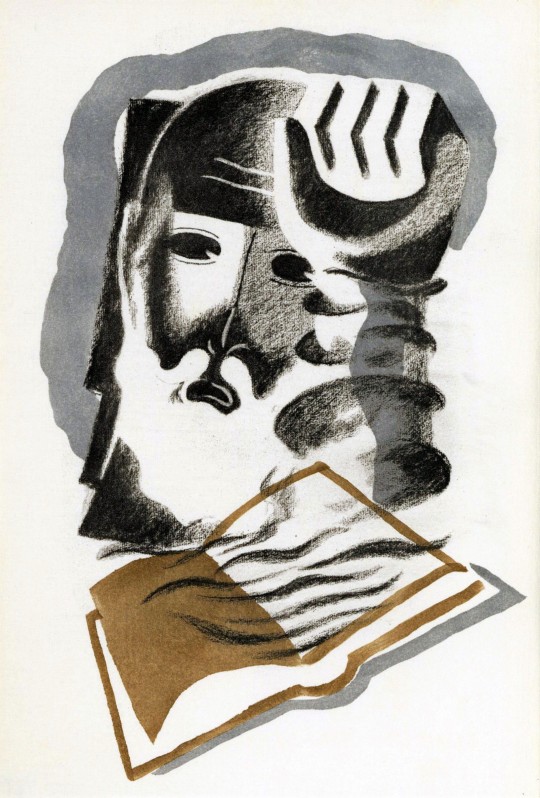



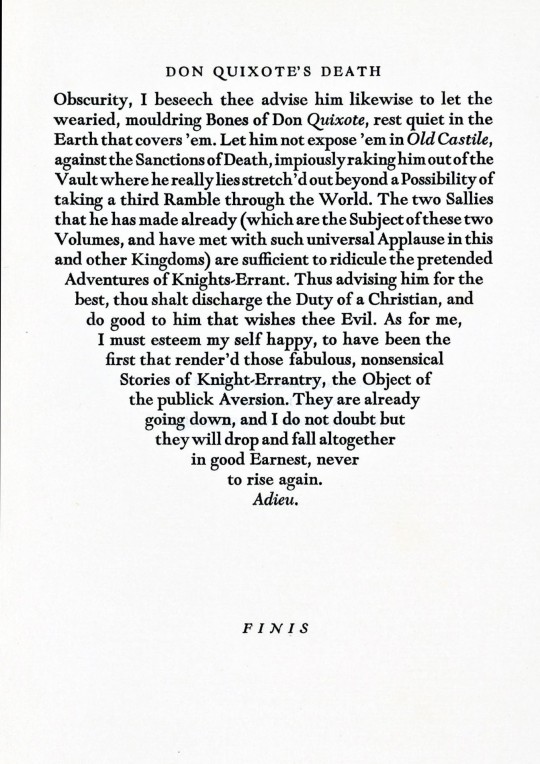
Another Fine Press Friday!
This two-volume edition of Don Quixote de la Mancha: The History of the Renowned Don Quixote de la Mancha, written by Miguel de Cervantes Saavedra (1547-1616), was illustrated by Edward McKnight Kauffer and published by Nonesuch Press, London, 1930. First published in Spanish in 1605, Cervantes’s Don Quixote is often cited as the first modern novel. The text of this edition is from Peter Anthony Motteux’s early 18th-century translation, revised by John Ozell in 1743.
Nonesuch Press was founded in London by Francis Meynell in 1922 with the intent to produce finely designed books. Following the Arts and Crafts tradition of William Morris’s Kelmscott Press, books published by Nonesuch were typeset on a hand press. The final design would then be produced by commercial printers to keep the books affordable while maintaining high aesthetic value.
The American graphic designer Edward McKnight Kauffer (1890-1954) found most of his success in England. He is most well known for the posters he designed for London’s Underground and London Transport, and his later posters for Shell Oil and the Great Western Railway. He also became interested in textiles, interior design, and theatrical design. His wife, Marion Dorn, was an American textile designer who also found great success in London. She illustrated the book William Beckford’s Vathek for Nonesuch Press in 1929 (which we highlighted in a previous post)..
This edition of 1475 copies was printed by Walter Lewis, master printer for the University of Cambridge, on Casinensis hand-made paper. The 21 illustrations were produced in photogravure and colored by assistants at Curwen Press using pochoir.
Go here for more posts on Nonesuch Press.
Go here for more Fine Press Friday Posts!
-- Teddy, Special Collections Graduate Intern
#Don Quixote#Don Quixote de la Mancha#Nonesuch Press#Fine Press Friday#Fine Press Fridays#Photogravure#pochoir#Edward McKnight Kauffer#E. McKnight Kauffer#Marion Dorn#Francis Meynell#Walter Lewis#Peter Anthony Motteux#John Ozell#Book Arts#Curwen Press#Illustration#fine press books#teddy#spanish literature#Cervantes#Miguel de Cervantes Saavendra
32 notes
·
View notes
Photo

Textile design by Marion Dorn, England (c.1939), Victoria and Albert Museum.
126 notes
·
View notes
Text
Yvette Poteat, 26 (USA 1985)
Yvette Poteat was 26 and engaged. She had a whole life to look forward to, including her upcoming wedding. She didn’t know that she was about to lose it all to “safe and legal” abortion.
On July 16, 1985, Yvette went to The Ladies Clinic in Charleston, South Carolina. The abortionist was Marion D. Dorn Jr. He was a drug addict who was disciplined by the Medical Board for writing fraudulent hydrocodone prescriptions to himself.
Dorn didn’t examine what he removed from Yvette’s uterus. Had he even taken a brief look, (let alone ordered an actual pathology report,) he should have easily noticed that no fetal body parts or placenta was removed. This is an obvious red flag for an ectopic pregnancy. Despite the glaring warning signs, he did not contact Yvette to tell her that her life was in danger.
11 days later, Yvette’s fiancée took her to the ER because of her sharp abdominal pain. Unfortunately, she was misdiagnosed with PID (Pelvic Inflammatory Disease) and sent home with medication that was not helpful for her condition. She was discharged with instructions for follow-up care.
On July 28, Yvette called the hospital again and was told to give her medicine a chance to work. The next day, she collapsed and an ambulance rushed her back to the hospital. She went into cardiac arrest from the ruptured ectopic pregnancy and was pronounced dead at 6:15 AM.
Yvette’s family and sued Dorn, the abortion facility and the hospital for malpractice and negligence. They won a small $23,000 verdict in 1987, but money couldn’t bring back Yvette. Even if her baby had no way to survive, there was absolutely no reason for Yvette to be killed too.
Abortionist license later revoked
Charleston County Court of Common Pleas Case No. 86-CP-10-3283 and 86- CP-10-3284
#pro life#tw abortion#unsafe yet legal#tw murder#tw ab*rtion#abortion#abortion debate#death from legal abortion#pro choice#abortion is not healthcare#victims of roe
21 notes
·
View notes
Text

Textile design, Marion Dorn, ca. 1939.
64 notes
·
View notes
Photo

Marion Dorn 1930′s textile designer
324 notes
·
View notes
Audio

Marion Williams - Heaven Help Us All (Atlantic)
prod. Joel Dorn & Roberta Flack, 1971.
#Marion Williams#Heaven Help Us All#producer#roberta flack#joel dorn#1971#gospel#gospel funk#soul#versions
6 notes
·
View notes
Photo

CARPET BY MARION DORN IN THE LOBBY OF CLARIDGE'S HOTEL IN LONDON, 1935
1 note
·
View note
Text
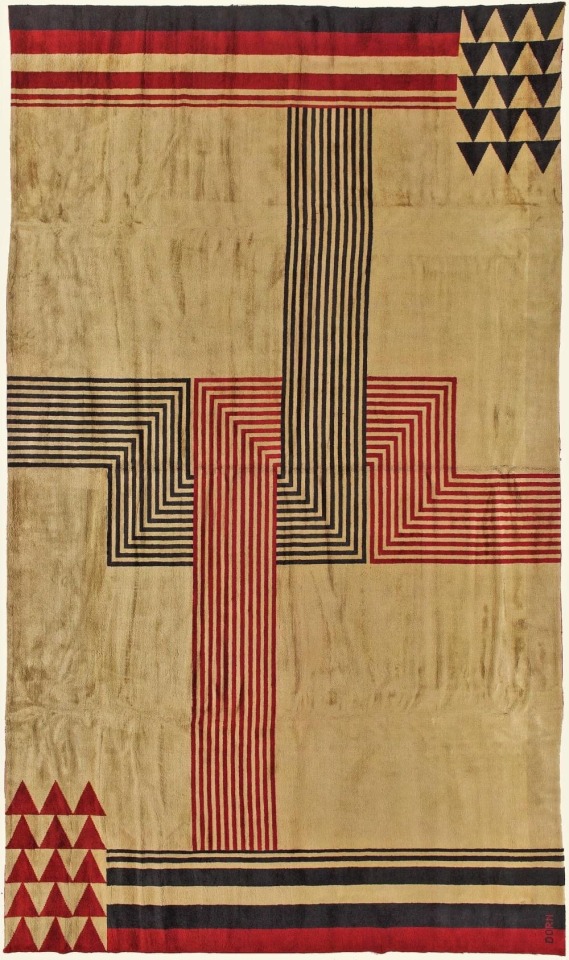
Rug designed by Marion Dorn c1930
Dorn (American 1896- 1964) was one of the most important textile and rug designers of the first half of the 20th century.
This carpet has the same design as her famous round carpet made for the main hall of the Claridge's in London 1932. She has adapted the pattern to the rectangular shape of this version.
4 notes
·
View notes
Photo
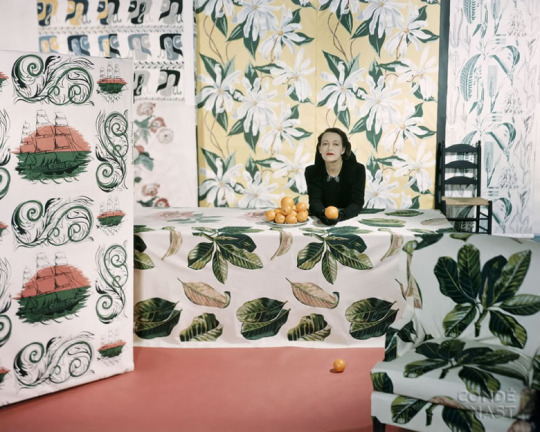
Marion Dorn and her fabrics from the July 1947 House and Garden, photograph by Horst P. Horst.
Source
66 notes
·
View notes
Photo


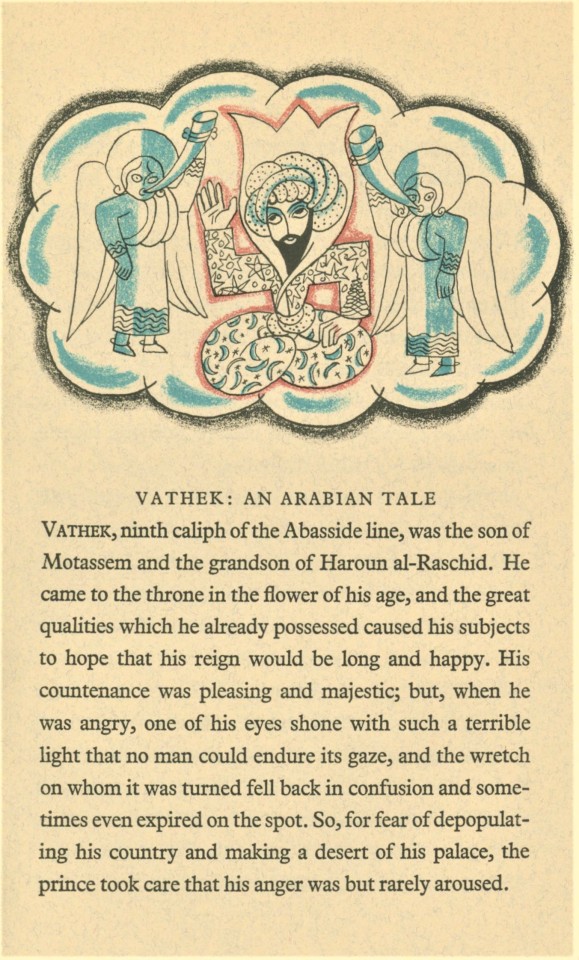

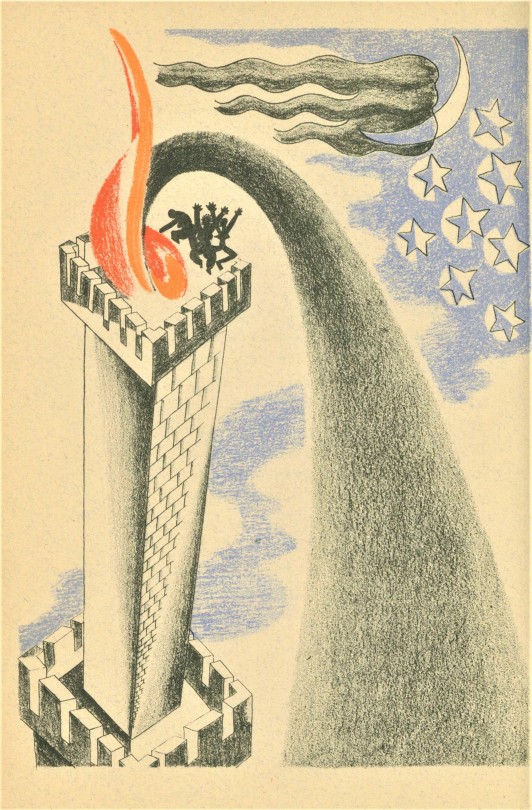

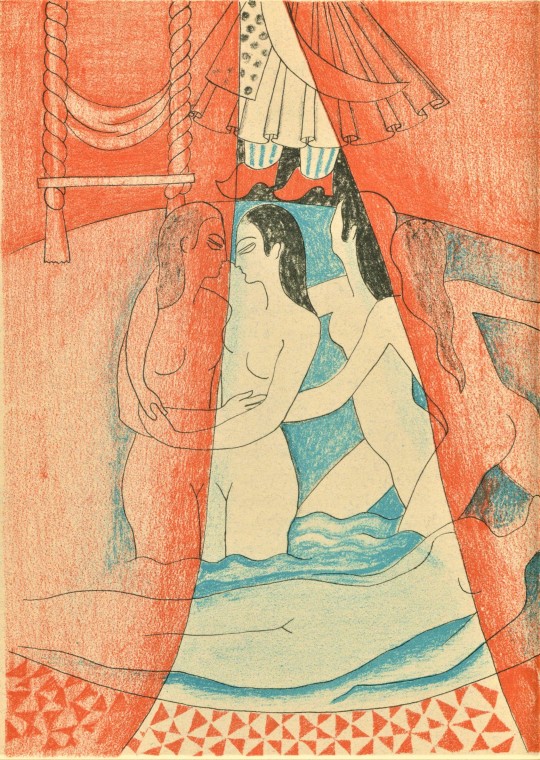
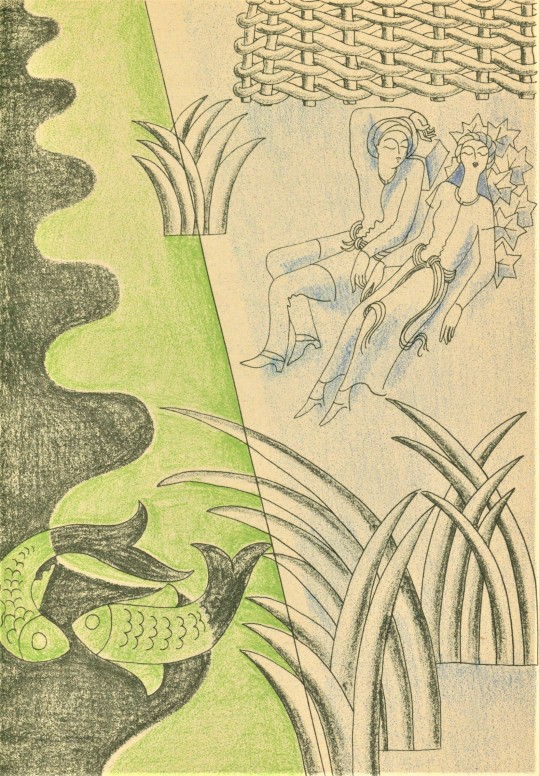


It’s Fine Press Friday!
On this Fine Press Friday we bring you the 1929 edition of the Gothic novel Vathek, by William Beckford, translated by Herbert B. Grimsditch, with ten illustrations by Marion B. Dorn, published by The Nonesuch Press, Bloomsbury, London, and printed in an edition of 1550 copies, with 500 copies designated for sale in the United States by Random House. .
William Beckford was, among several other things, an English novelist. He wrote Vathek in French, but it was translated and first published in English in 1786 under the title “An Arabian Tale, from an Unpublished Manuscript…” The book claimed to be translated directly from Arabic. This was a strategic effort to capitalize on the 18th- and early 19th-century fixation known as Orientalism.
Marion Dorn, was an American textile designer. She experienced most of her success while living in England, where she illustrated this book, the only book she ever illustrated. Many of the patterns and motifs in these illustrations, produced as color lithographs, can be seen in her textile work.
Nonesuch Press was different from other fine press publishers. Francis Meynell, founder of the press, believed that commercial printers could be used to produce fine quality books. The books published by Nonesuch would be designed on a small hand press, and then sent to a commercial printer. This made the books cheaper to produce making a more affordable book for the consumer. The text was printed by John Johnson at The University Press, Oxford. The illustrations were printed lithographically by the Curwen Press, London.
Read more about Marion Dorn’s textile and illustrations here.
View other posts with works by the Nonesuch Press.
View more Fine Press Friday posts.
-- Teddy, Special Collections Graduate Intern.
#Fine Press Friday#Fine Press Fridays#Marion Dorn#Nonesuch Press#Vathek#William Beckford#Francis Meynell#Random House#Oxford University Press#The Nonesuch Press#orientalism#color lithography#lithography#Curwen Press#fine press books#teddy
43 notes
·
View notes
Photo

Textile design by Marion Dorn, England (c.1939), Victoria and Albert Museum.
16 notes
·
View notes
Text
Yvette Poteat, 26 (USA 1985)
Yvette Poteat was 26 and engaged. She had a whole life to look forward to, including her upcoming wedding. She didn’t know that she was about to lose it all to “safe and legal” abortion.
On July 16, 1985, Yvette went to The Ladies Clinic in Charleston, South Carolina. The abortionist was Marion D. Dorn Jr, a drug abuser who was already in trouble with the Medical Board for writing fraudulent hydrocodone prescriptions to himself.
Dorn didn’t examine what he removed from Yvette’s uterus. Had he even taken a brief look (let alone ordered an actual pathology report), he should have noticed that no fetal body parts or placenta was removed. This should have been an obvious indicator of an ectopic pregnancy. Despite the glaring warning signs, he did not contact Yvette to tell her that her life may be in danger.
11 days later, Yvette’s fiancée took her to the ER because of her sharp abdominal pain. Unfortunately, she was misdiagnosed with PID (Pelvic Inflammatory Disease) and sent home with medication that was not helpful for her condition. She was discharged with instructions for follow-up care.
On July 28, Yvette called the hospital again because she was still in intense pain. She was told to give her medicine a chance to work. The next day, she collapsed and an ambulance rushed her to the hospital. She went into cardiac arrest from the ruptured ectopic pregnancy and was pronounced dead at 6:15 AM.
Yvette’s family and sued Dorn, the abortion facility and the hospital for malpractice and negligence. They won a small $23,000 verdict in 1987, but money couldn’t bring back Yvette. Dorn lost his license much later.
Even if her baby had no way to survive, there was absolutely no reason for Yvette to be killed too.
(Abortionist license later revoked)
Charleston County Court of Common Pleas Case No. 86-CP-10-3283 and 86- CP-10-3284
#death from legal abortion#pro life#tw abortion#tw murder#tw ab*rtion#abortion debate#abortion#abortion is not healthcare#pro choice#reproductive choice#reproductive rights#unsafe yet legal
4 notes
·
View notes
Text


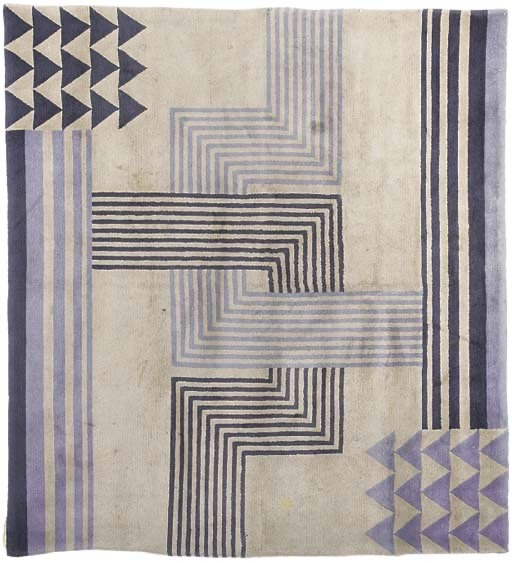

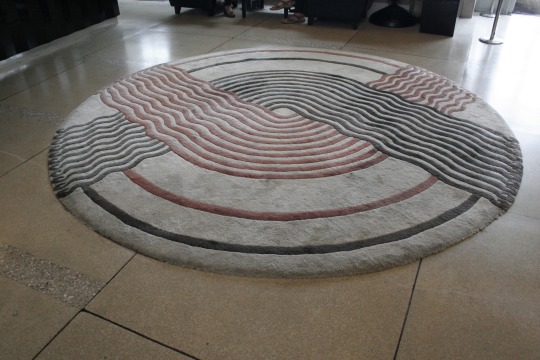
Marion Victoria Dorn also known as Marion Dorn Kauffer (born in Menlo Park, California on December 25, 1896—died in Tangier, Morocco on January 28, 1964) was a textile designer primarily in the form of wall hangings, carpeting and rugs, however she is also known to have produced wallpaper, graphics, and illustrations.
56 notes
·
View notes
Photo

Luxury Art Deco home designed by Marion Dorn
173 notes
·
View notes

